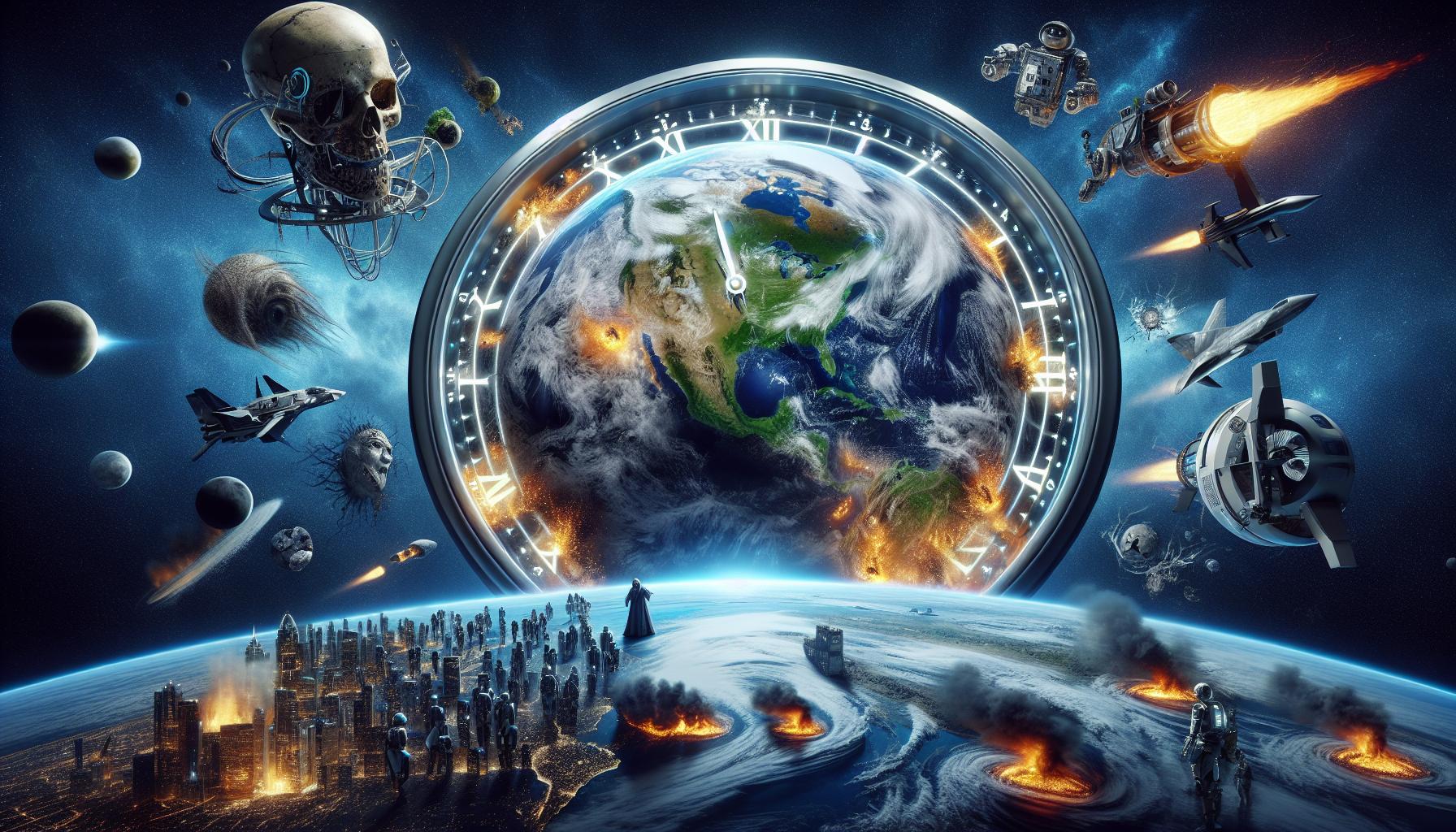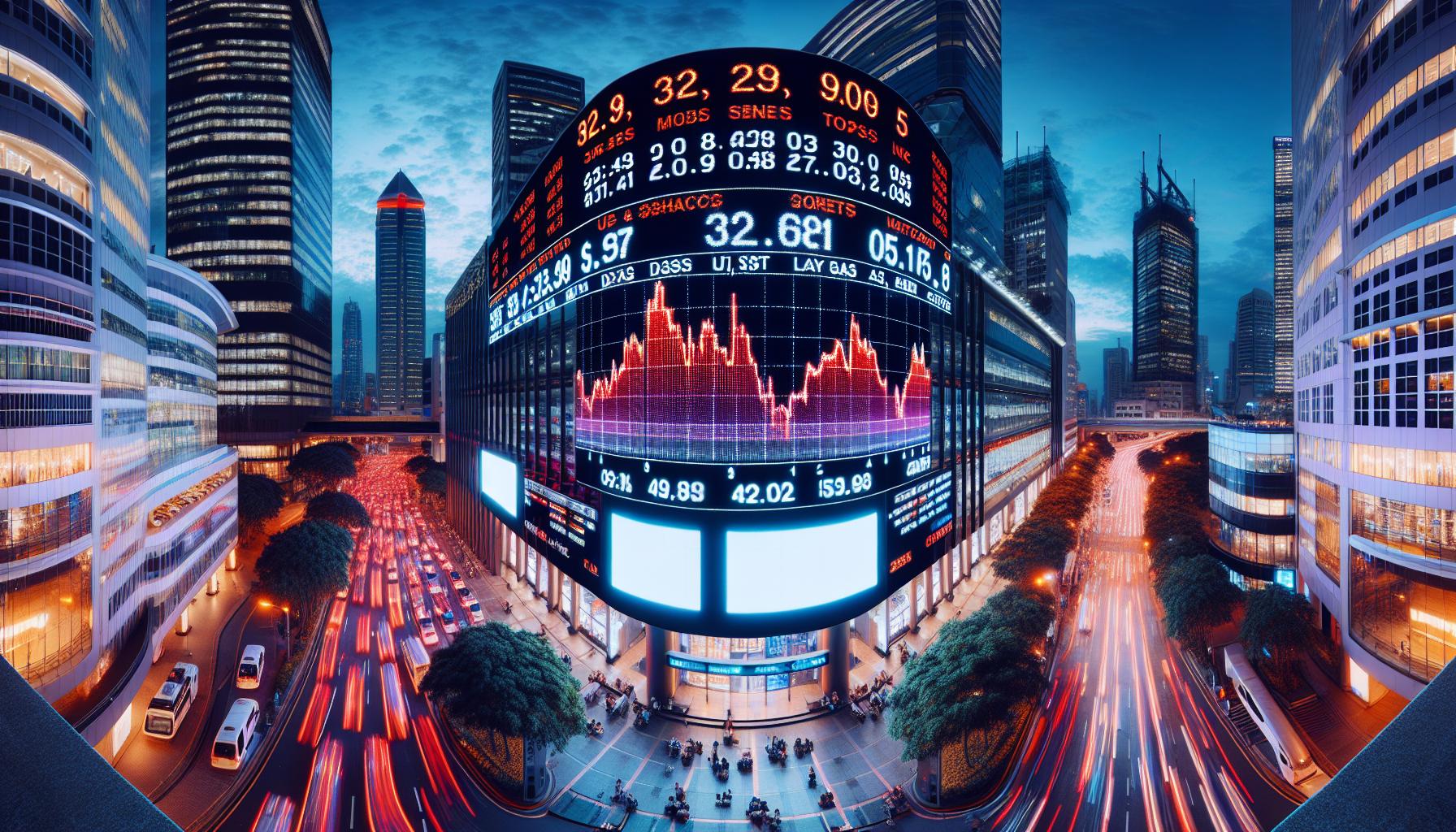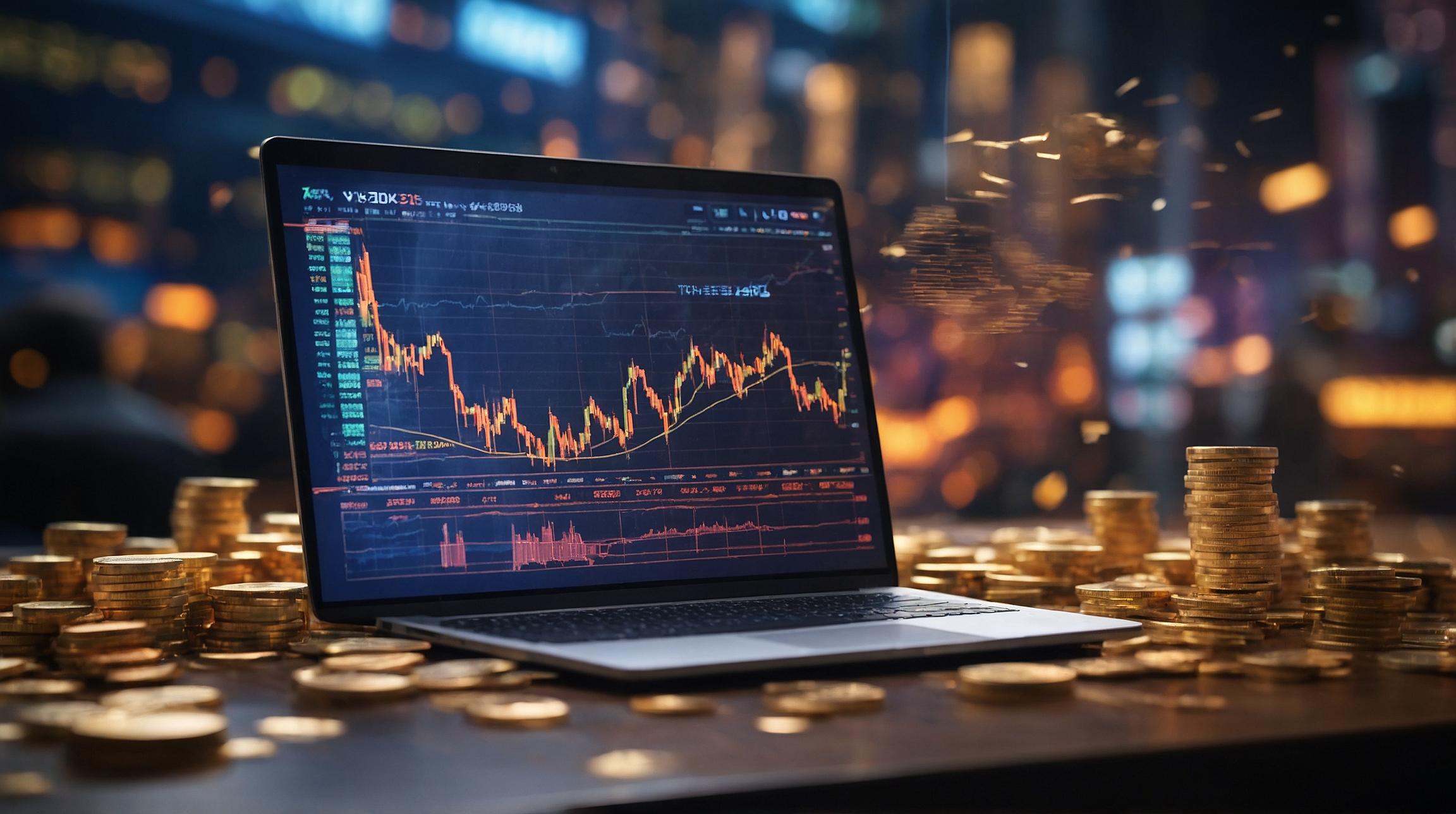Earth Remains at Closest Position to Doomsday: Advocacy Group
A science-oriented advocacy group has warned that the Earth is currently at its closest position to global catastrophe, highlighting various factors including wars, climate change, and advances in artificial intelligence. The Bulletin of the Atomic Scientists, which maintains the “Doomsday Clock,” has kept its setting at 90 seconds to midnight, the same as in 2023. The symbolic clock represents the theoretical point of global catastrophe and destruction.
According to Rachel Bronson, president and CEO of the group, resetting the clock is not indicative of a stable world, but rather of an urgent need for action by governments and communities worldwide. The unchanged time reflects the fact that many challenges faced in the previous year have not been resolved and, in certain cases, have escalated.
Bronson emphasized the risk of nuclear escalation stemming from the ongoing war in Ukraine, as well as recent hostilities in Israel and Gaza. She went on to highlight the pursuit of nuclear modernization programs by countries possessing such weapons, which threatens to create a new arms race. Climate-related disasters, including record-breaking temperatures, floods, and fires have also taken a toll, with the lack of action on climate change endangering billions of lives and livelihoods.
Additional threats to humanity mentioned by Bronson included the potential for another pandemic and the risks associated with advancements in artificial intelligence.
The Unchanging Clock Points to Ominous Global Trends
The decision by the Bulletin of the Atomic Scientists to keep the Doomsday Clock at the same setting as last year underscores the emergence of alarming global trends. Rachel Bronson, speaking at a press conference, stated that the war in Ukraine continues to present a constant risk of nuclear escalation. The recent attack in Israel, along with the ongoing conflict in Gaza, serves as a stark reminder of the devastating consequences of modern warfare, even without nuclear escalation.
Furthermore, countries possessing nuclear weapons are engaged in modernization programs that raise concerns of a new arms race. The year 2023 witnessed the highest recorded global temperatures, as well as a surge in climate-related disasters such as floods, fires, and other extreme weather events. The lack of action on climate change poses a grave threat to the lives and livelihoods of billions of people around the world.
A Brief History of the Doomsday Clock
The Doomsday Clock, established in 1947, has long served as a symbolic representation of humanity’s proximity to global catastrophe. Initially, the clock was “set” in minutes to midnight, indicating the level of urgency. However, in recent years, the Bulletin of the Atomic Scientists has shifted to counting down the seconds. The clock has fluctuated throughout its history, with the farthest position from midnight being 17 minutes in 1991 after the end of the Cold War.
Urgent Action Needed to Safeguard Humanity
Rachel Bronson’s remarks at the press conference emphasized the pressing need for action to mitigate the risks faced by humanity. The rhetoric surrounding the Doomsday Clock remaining at 90 seconds to midnight serves as a wake-up call for governments and communities worldwide. Bronson stressed the importance of addressing the ongoing conflicts, nuclear modernization programs, climate change, pandemics, and the potentially dangerous advancements in artificial intelligence. Failure to act promptly and effectively could have catastrophic consequences for the future of our planet and the survival of billions of people.
The Road Ahead: A Call for Global Cooperation
As the world grapples with multiple challenges and the threat of global catastrophe looms large, the Bulletin of the Atomic Scientists urges governments and communities to come together in a unified response. Effective cooperation is crucial in addressing the various issues that pose risks to humanity’s future. The unchanging setting of the Doomsday Clock should serve as a rallying cry for immediate action and a reminder that time is running out to safeguard the world from disaster. Global leaders must prioritize international cooperation, invest in sustainable solutions, and implement strategies that can protect our planet and the well-being of its inhabitants. There is no time to waste in striving for a safer and more secure future.
Analyst comment
The news can be categorized as negative. As an analyst, it is predicted that if urgent action is not taken by governments and communities worldwide to address ongoing conflicts, nuclear modernization programs, climate change, pandemics, and advancements in artificial intelligence, the market may face catastrophic consequences, leading to potential global catastrophe and the endangerment of billions of lives and livelihoods. Cooperation, investment in sustainable solutions, and strategies implemented by global leaders are crucial to protecting the planet and its inhabitants.













